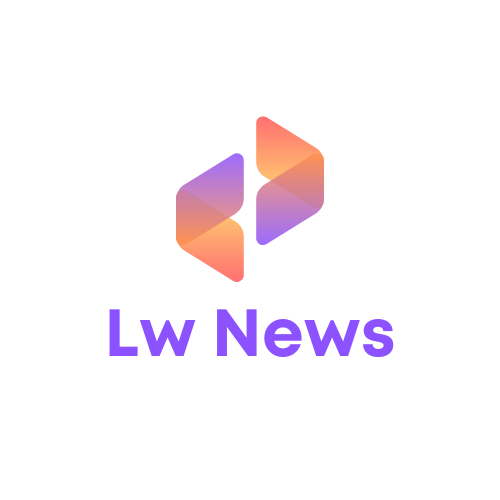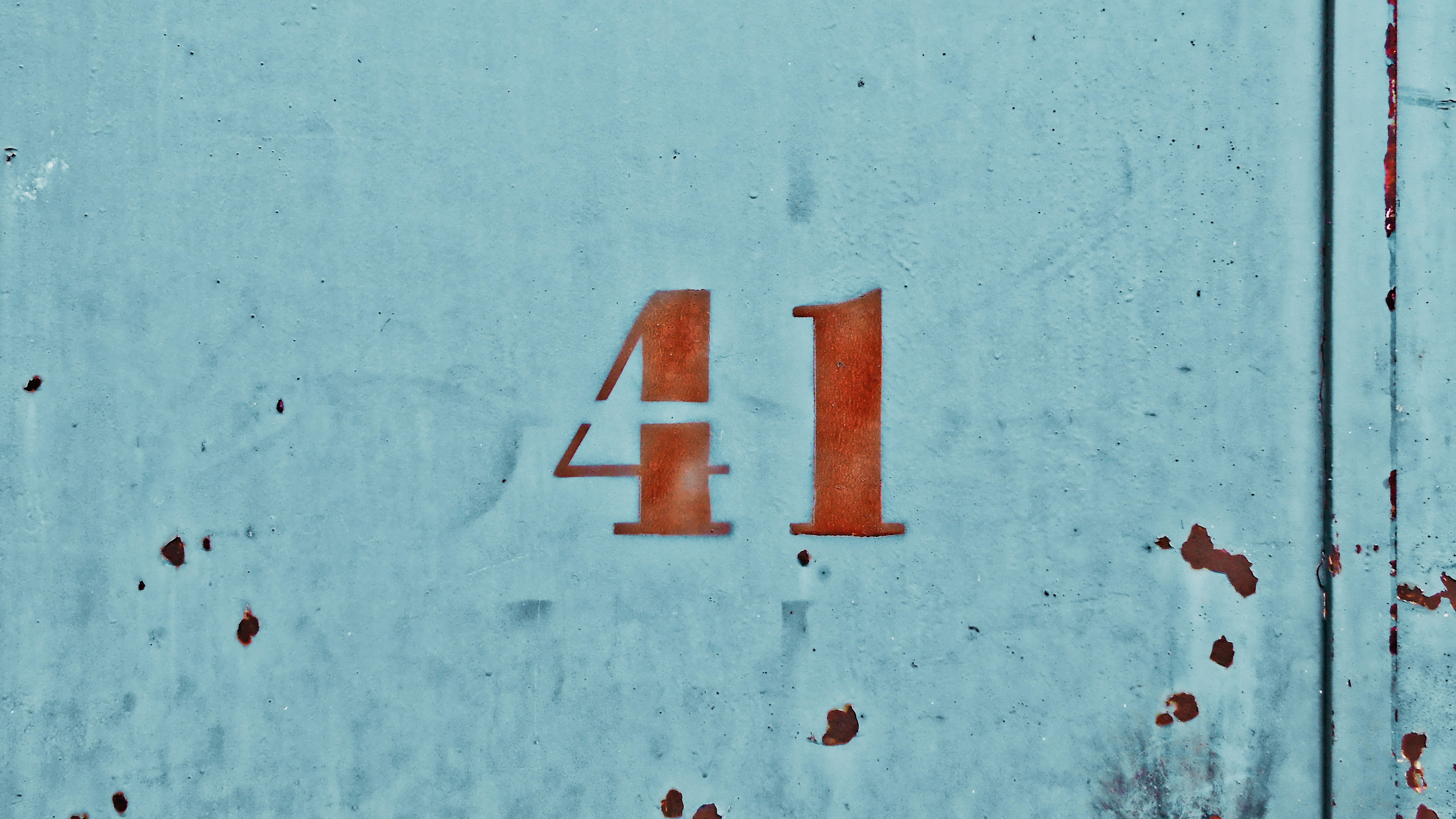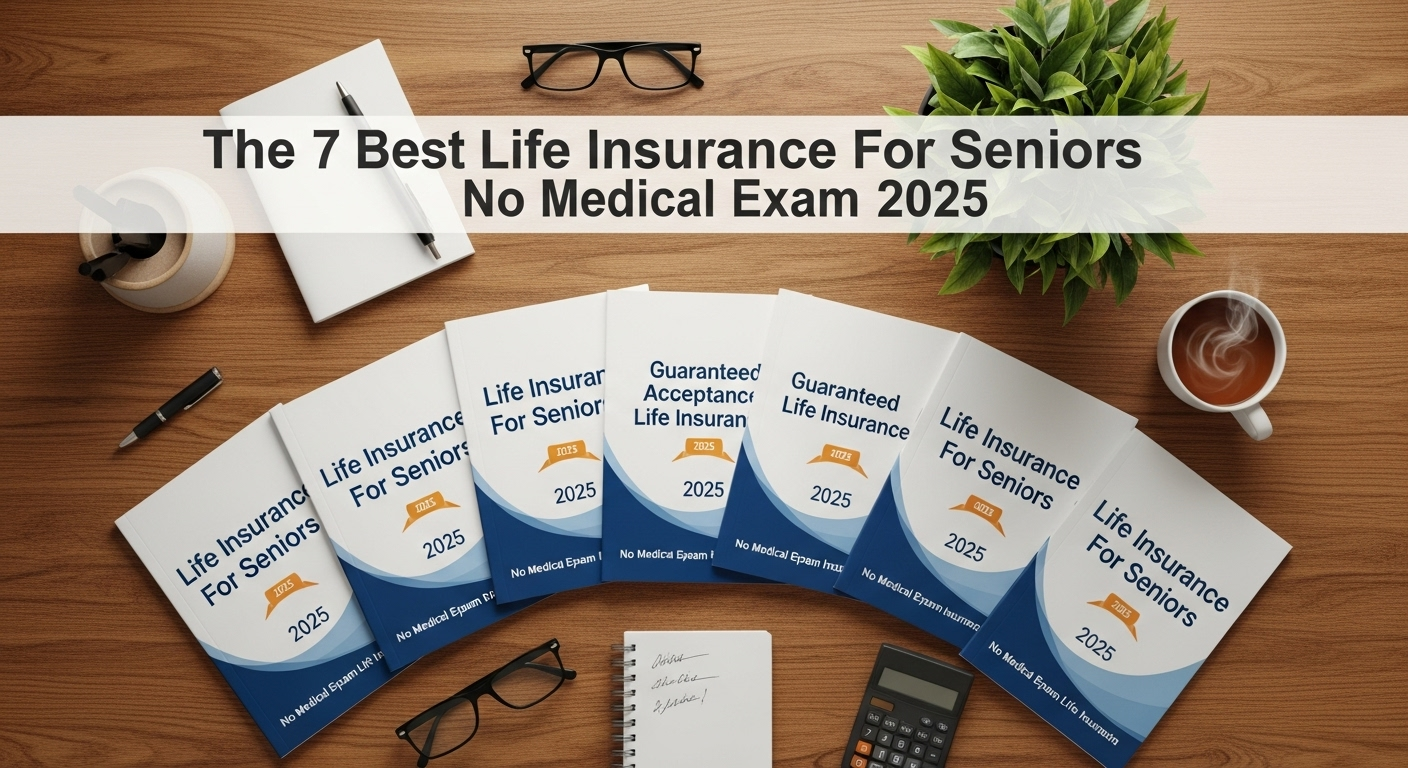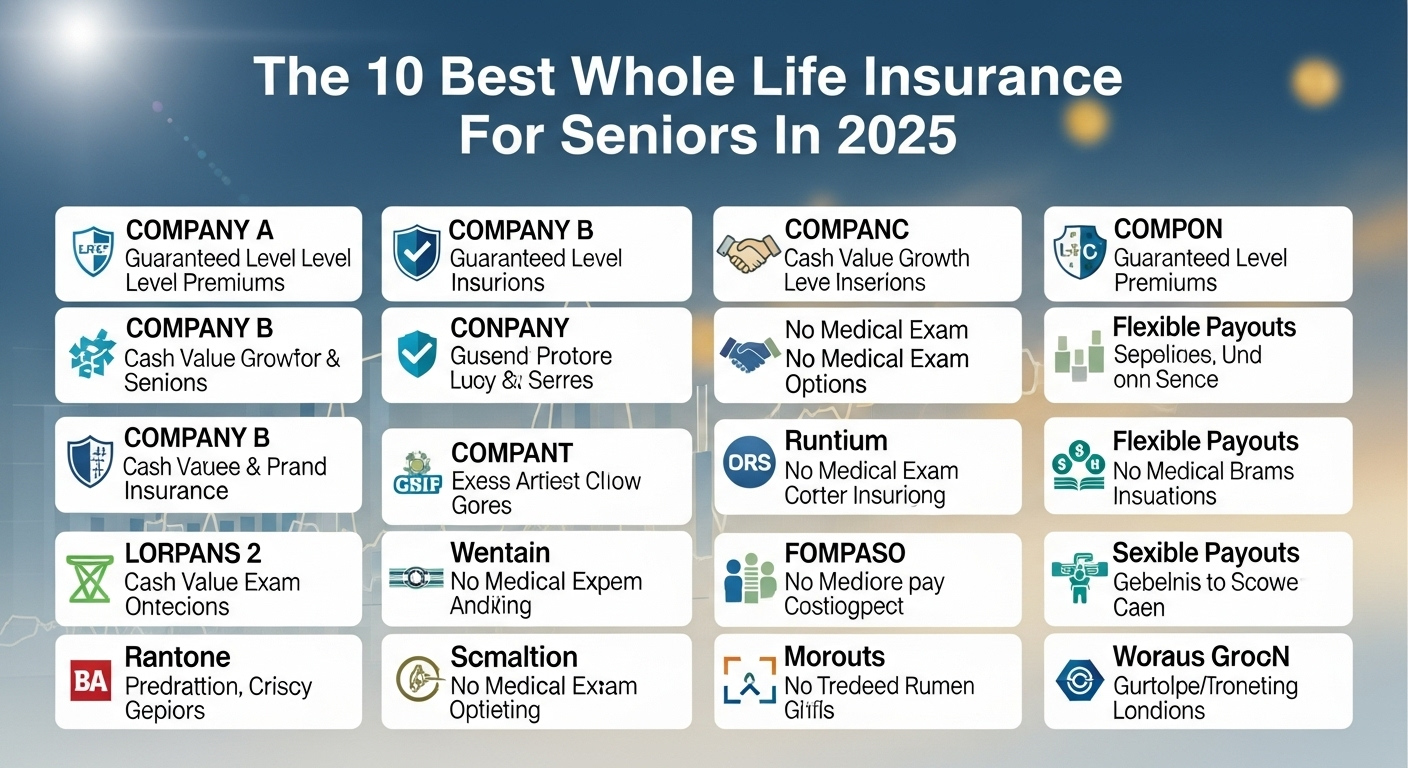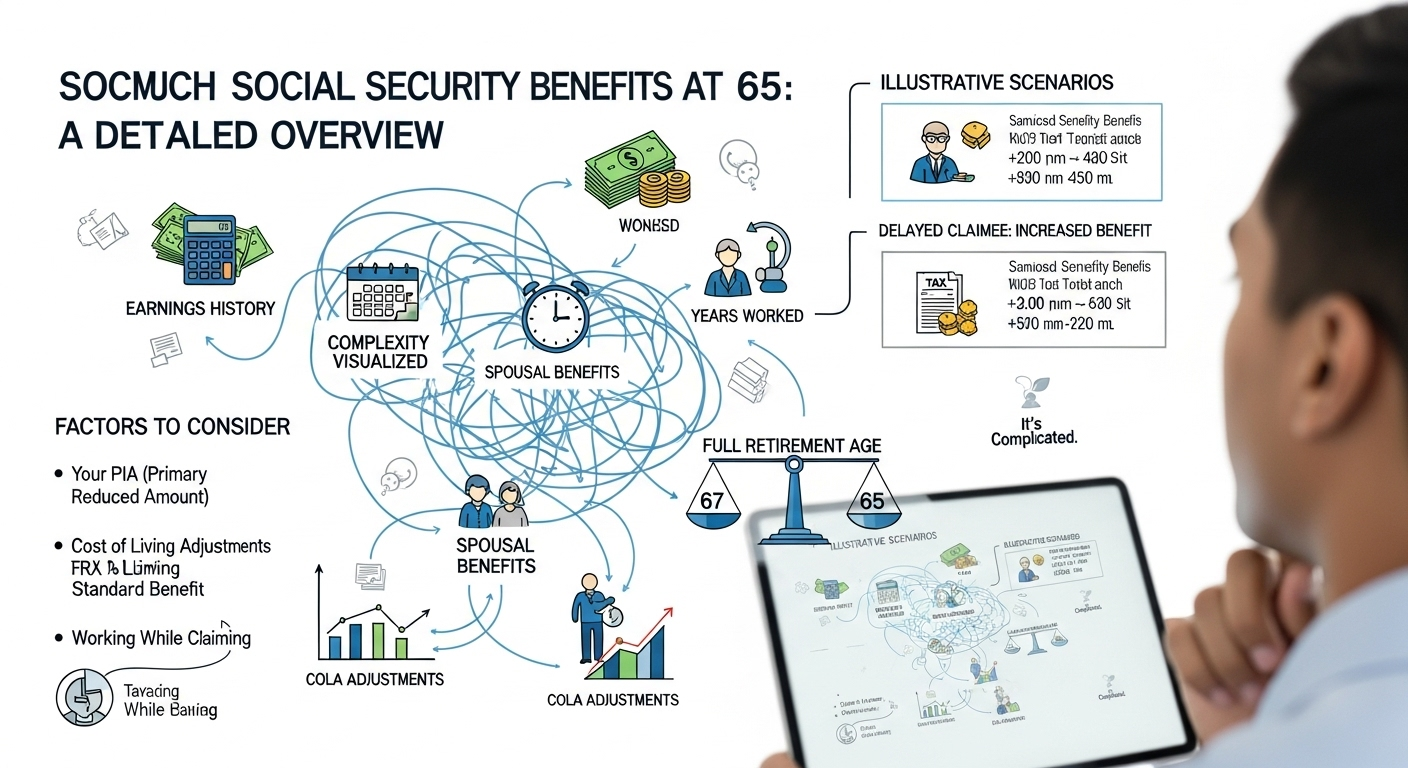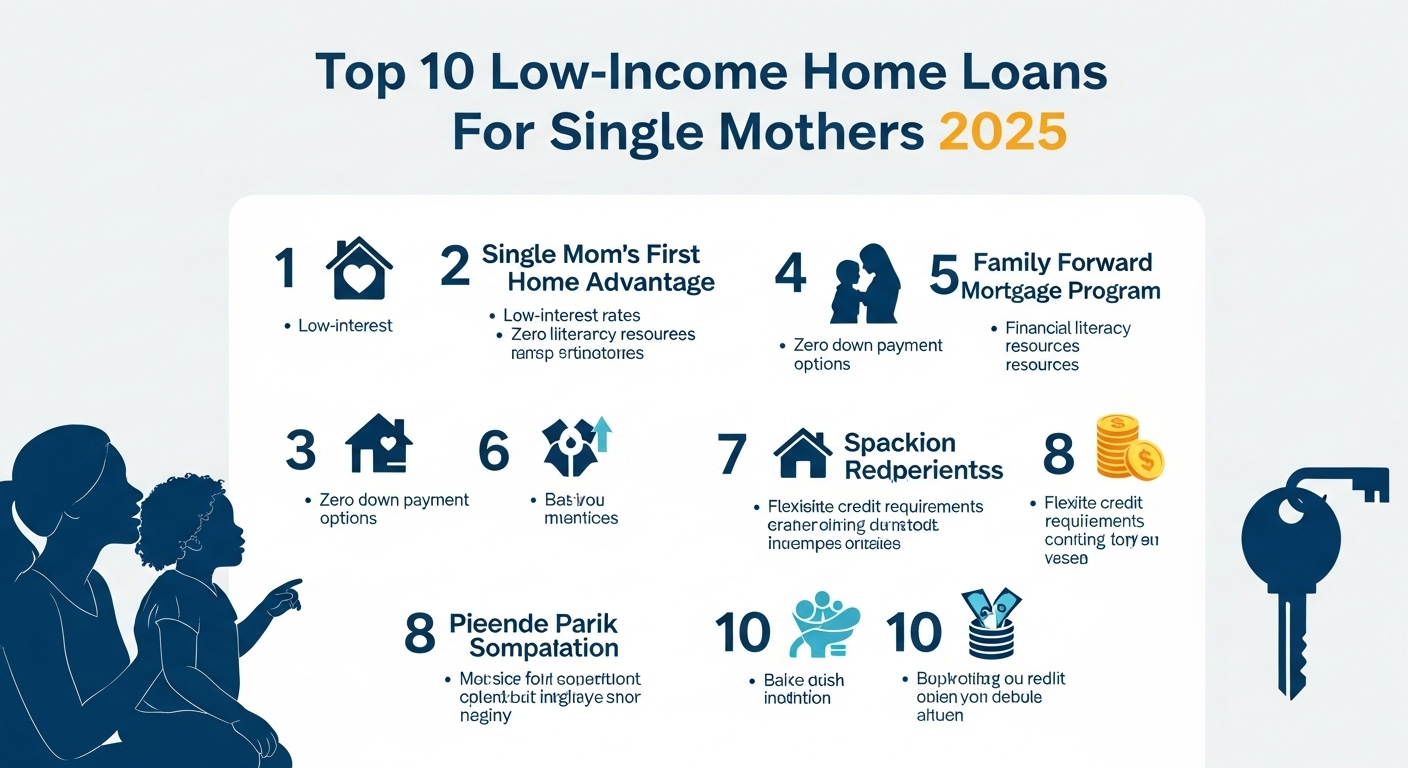
Let’s be real for a moment. The dream of owning your own home when you’re a single mom can feel like it’s a universe away. It’s the kind of goal that can feel so far away, you’re almost afraid to say it out loud, especially when you’re juggling work, kids, and a budget that feels stretched to its absolute limit.
You see articles and advertisements about mortgages, and the numbers—down payments, closing costs, interest rates—can feel like a completely different language. It’s easy to feel defeated before you even start. To just assume it’s not for you.
I get it. But I want you to take a deep breath and listen closely. Owning a home as a single mother is not impossible. Not even close. The problem is that most information isn’t designed for your specific situation. The secret isn’t finding one “magic loan.” The secret is understanding that there are special tools available, created to help people in exactly your position. You just need the right map.
So let’s build that map together. Forget a generic “Top 10” list. Let’s talk about the actual, practical options that can turn that distant dream into a front door key.
The Government’s Toolkit: Your Three Most Powerful Options
The U.S. government isn’t a bank, but it backs certain loans to make it easier for regular people to buy a home. These aren’t special loans *named* for single mothers, but their features make them absolutely perfect for your situation. Think of these as your three primary tools.
1. The FHA Loan: Your Flexible Best Friend
If you remember only one name from this article, make it this one. An FHA loan, insured by the Federal Housing Administration, is designed for homebuyers who might not have a ton of cash saved up or have a perfect credit history. For many single mothers, this is the number one route to homeownership.
Here’s why it’s so powerful. The down payment requirement is incredibly low, currently at just 3.5% of the home’s price. Even more importantly, the credit score requirements are much more lenient than for a conventional loan. You don’t need a perfect score to qualify. They understand that life happens. It’s the most forgiving and accessible option for a reason.
2. The VA Loan: The Ultimate Zero-Down Option (If You Qualify)
This is a game-changer, but it’s specific. If you are a veteran, an active-duty service member, or an eligible surviving spouse, the VA loan is, without a doubt, the best mortgage product in America. The single biggest benefit? There is typically no down payment required. Zero. That alone removes the biggest hurdle for most homebuyers. On top of that, VA loans also don’t require Private Mortgage Insurance (PMI), which saves you a significant amount of money on your monthly payment. If you have any history of military service, this is the very first path you should investigate.
3. The USDA Loan: The Path Through America’s Heartland
Don’t let the name fool you. A USDA loan from the U.S. Department of Agriculture isn’t just for farmers. It’s designed to encourage homeownership in eligible rural and suburban areas. And the definition of “rural” is much broader than you might think. Many small towns and areas just outside major city limits qualify.
Like the VA loan, a USDA loan also requires no down payment. Zero. You can finance 100% of the home’s price. There are income limits to qualify, but these are generous, especially for a single-parent household. You can easily check if a specific address is in an eligible area on the USDA’s official website. This is an incredible and often overlooked option.
The Missing Ingredient: Down Payment Assistance Programs (DPA)
Okay, let’s say you’re using an FHA loan with its 3.5% down payment. That can still be a lot of money to save. What now? This is where you find the secret weapon that most first-time buyers don’t know about: Down Payment Assistance.
These are programs, usually offered by your state, county, or local housing authority, that provide grants or forgivable loans to help you cover your down payment and closing costs. A “grant” is free money you don’t have to pay back. A “forgivable loan” is a loan that is forgiven over a few years, as long as you continue to live in the home. Finding one of these programs can literally be the final piece of the puzzle that makes homeownership possible.
These programs aren’t advertised on TV. You have to look for them. A great place to start is by searching online for “down payment assistance” along with the name of your state or county. A good loan officer can also be an invaluable resource in finding these for you.
A Different Kind of Path: Non-Profit Partners
Sometimes the right path doesn’t involve a traditional bank at all. Organizations like Habitat for Humanity have been helping families, with a strong focus on single mothers, build and buy homes for decades. This path is different. It’s not just about your finances; it’s about your willingness to be a partner. It often requires you to put in “sweat equity”—physically helping to build your own home alongside volunteers. In return, you get an affordable home with a mortgage payment that is tailored to your income. It’s a longer journey, but for many, it’s the most meaningful one.
FAQs: The Honest Questions You Need Answered
I’m worried about my credit score. How low is too low?
This is a common fear. While a higher score is always better, an FHA loan can sometimes be approved with a credit score as low as 580, or even lower in some cases with a larger down payment. Don’t disqualify yourself. The best first step is to talk to a loan officer. They can look at your full financial picture and give you real advice on where you stand and what you can do to improve.
Can I use my child support or alimony as income to qualify?
Yes. Absolutely. If you receive it consistently and it’s documented, you can use child support, alimony, and other sources of income, not just your job’s salary, to help you qualify for a mortgage. This is a critical point that can significantly increase your buying power.
I hear about low-income loans. Are these the same thing?
Yes and no. FHA, USDA, and VA loans are often called “low-income” loans, not because you have to be poor to get one, but because their flexible features, like low down payments, are specifically designed to help people with moderate or lower incomes. They are tools to level the playing field.
This is all so overwhelming. What is my very first step?
Just one thing. Don’t try to figure all this out alone. Your very first step should be to have a conversation with a reputable loan officer or mortgage broker. That’s it. It costs nothing. They will look at your situation for free and tell you exactly which loan options are realistic for you. They are the guide who can help you read the map. Talking to them turns a vague, scary dream into a concrete plan.
